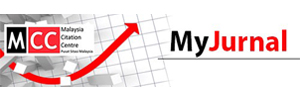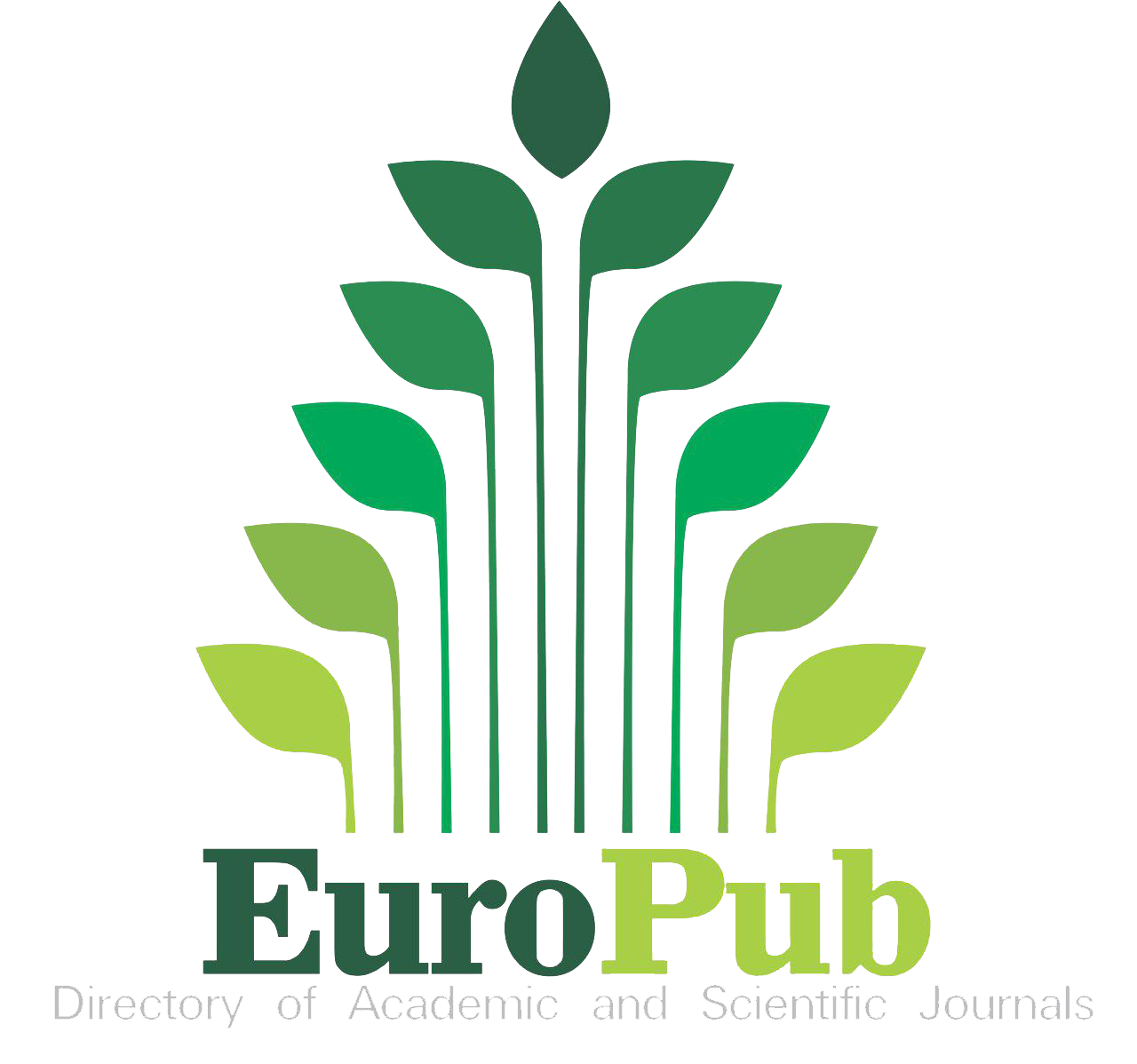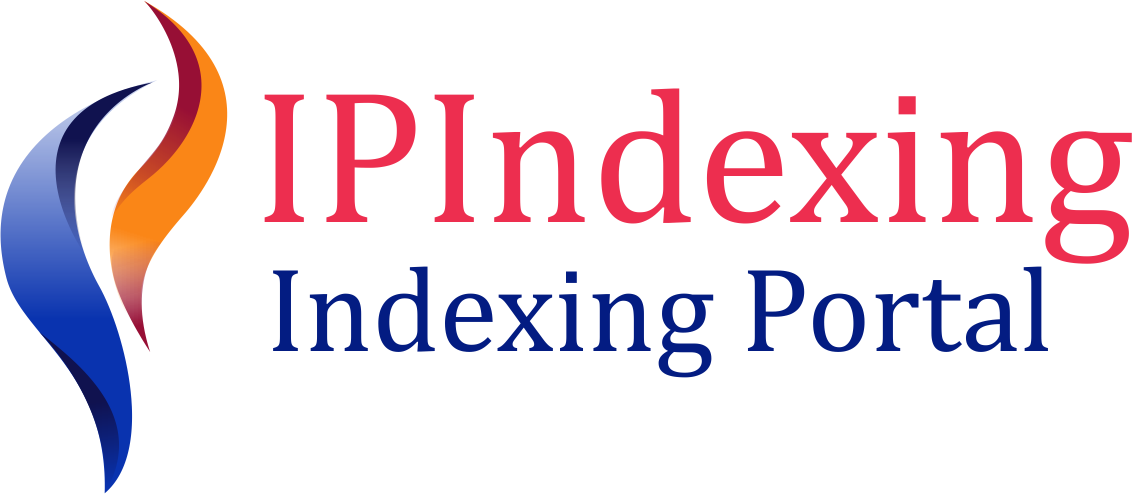An Analysis of the Mission Statements of Premier Universities in Malaysia
DOI:
https://doi.org/10.60072/ijeissah.2023.v2i01.006Abstract
Background: This study takes notes from a previous empirical inquiry which had analysed and explored the key areas of the mission trait (vision, goals, objectives, strategic direction, and intent) in the culture of top-ranked public and private universities around Klang valley. Methods: The purpose of this study is to compare the three facets of a university's mission using the conceptual framework and the survey instrument. This study is quantitative in nature, using data from 1440 university students from various faculties at four top-ranked universities. The survey was partially adapted from Denison's Organizational Culture Diagnostic Instrument (OCDI); as it is typically used for businesses firms, most of the items had been re-phrased for the university setting. Results: The instrument's reliability was assessed in the pilot study, whereby Cronbach's alpha values of between 0.690 and 0.876 were attained, indicating high levels of reliability. Discussion: Based on the results, it can be concluded that public university students view their university's mission, leadership, and goals more favorably than their counterparts in private universities. This may be due to the public universities under study have higher global rankings compared to the private universities, leading to a more favorable leadership impression for the former. Conclusion: The findings lead to the suggestion that universities must explicitly state their vision, mission, and core values. These statements could be posted on their websites and serve as a source of motivation, aspiration, and guidance for their community, including the students, faculty members, and management team.
Keywords:
Organizational Culture, Mission, Core Values, Education, Malaysian Universities, World-Ranked UniversitiesReferences
Adler, N. J., & Gundersen, A. (2005). International Dimensions of Organizational Behavior (p. 398). Cincinnati, OH: South-Western. https://perpustakaan.gunungsitolikota.go.id/uploaded_files/temporary/DigitalCollection/MDFjYzkyNzA4YTVjMzIyODYzNDdiZWJjNjYxYWM2ZDZhZWI4N2MxYg==.pdf
Aktan, C. C. (2003). Değişim Çağında Yönetim, Sistem Yayıncılık. Baskı, İstanbul.
Argyris, C. (1992). Overcoming Organizational Defenses. The Journal for Quality and Participation, 15(2), 26. https://www.proquest.com/openview/19d98ae878f9ff60c49f72c5f9e24dd1/1?pq-origsite=gscholar&cbl=37083
Asbari, M., Purwanto, A., Ong, F., Mustikasiwi, A., Maesaroh, S., Mustofa, M., ... & Andriyani, Y. (2020). Impact of hard skills, soft skills and organizational culture: Lecturer innovation competencies as mediating. EduPsyCouns: Journal of Education, Psychology and Counseling, 2(1), 101-121. https://ummaspul.e-journal.id/Edupsycouns/article/view/419
Asimiran, S., & Hussin, S. (2012). University governance: Trends and models: University of Malaya Press.
Barnett, R. (2011). The idea of the university in the twenty-first century: Where’s the imagination. Journal of Higher Education, 1(2), 88-94. doi:10.2399/yod.11.088
Bennis, W. G., & Peters, T. (2000). Managing the dream: Reflections on Leadership and Change. (No Title). https://cir.nii.ac.jp/crid/1130000793923563520
Brătianu, C., & Bălănescu, G. V. (2008). Vision, Mission and Corporate Values. A comparative Analysis of the top 50 US Companies. Management & Marketing, 3(3), 19-38. https://citeseerx.ist.psu.edu/document?repid=rep1&type=pdf&doi=8b9f5d162ebcf61a8143330b1cc15ff6c744b711
Clark, B. R. (1986). The higher education system: Academic Organization in Cross-National Perspective: Univ of California Press.
Cortés Sánchez, J. D. (2018). Mission statements of universities worldwide: Text mining and visualization. Intangible Capital, 14(4), 584-603.
Creswell, J. W., & Creswell, J. D. (2017). Research design: Qualitative, quantitative, and mixed methods approach: Sage publications.
Dawson, C. (2010). Leading culture change: What every CEO needs to know. Stanford University Press.
Denison, D. R. (1990). Corporate culture and organizational effectiveness: John Wiley & Sons.
Dill, D. D., & Helm, K. P. (1988). Faculty participation in strategic policy making. Higher education: Handbook of Theory and Research, 4, 317-355.
Dolipas, B. B., Buasen, J. A., Azucena, B., Lubrica, M., Ocampo, P., Pakipac, K., . . . Valentin, P. (2022). Assessment of the University Vision, Goals, Mission and Program Objectives: A Management Protocol for Quality Assurance. Athens Journal of Business & Economics, 8(2), 139-158.
Evans, J. (1999). Benefits and barriers to shared authority. Responsive academic decision making, Involving faculty in higher education governance, 29-54.
Ferlie, E., & Ongaro, E. (2022). Strategic management in public services organizations: Concepts, schools and contemporary issues. Routledge.
George, D., & Mallery, P. (2016). 2a IBM SPSS Statistics Processes for PC. In IBM SPSS Statistics 23 Step by Step, (pp. 22-39): Routledge.
Goleman, D. (2000). Leadership that gets results. Harvard business review, 78(2), 4-17.
Hair, J. F. (2010). Black. WC, Babin. BJ; and Anderson. RE (2010), Multivariate Data Analysis.
Hargreaves, A., Lieberman, A., Fullan, M., & Hopkins, D. (2010). Second international handbook of educational change (23): Springer Science & Business Media.
Harman, K., & Koohang, A. (2007). Learning objects: standards, metadata, repositories, and LCMS: Informing Science.
Hull, R. (2006). Workload allocation models and “collegiality” in academic departments. Journal of organizational change management, 19(1), 38-53. https://doi.org/10.1108/09534810610643677
Hussin, S., & Ismail, A. (2008). Memacu puncak ilmu: Autonomi universiti merencana Pembangunan. Tinta Publishers.
Iglesias, C. S. (2019). Institutional Mission Statements and Service-Learning Handbooks.
Imron, M. A., Munawaroh, U. I., Farida, R. D. M., Paramarta, V., Sunarsi, D., Akbar, I. R., . . . Masriah, I. (2021). Effect of organizational culture on innovation capability employees in the knowledge sharing perspective: Evidence from digital industries. Annals of the Romanian Society for Cell Biology, 4189-4203.
INSAN, K. A. P. K. M. (2007). ENHANCING. SHARED GOVERNANCE IN MALAYSIAN PUBLIC. UNIVERSITIES.
Locke, W. (2007). Higher education mergers: Integrating organisational cultures and developing appropriate management styles. Higher Education Quarterly, 61(1), 83-102.
Macfarlane, B. (2016). Collegiality and performativity in a competitive academic culture. Higher Education Review, 48(2).
Miller, M. T. (Ed.). (1999). Responsive academic decision making: Involving faculty in higher education governance. New Forums Press.
Moore, M. A. (1975). An experiment in governance: The Ohio faculty senate. The Journal of Higher Education, 46(4), 365-379.
Ozdem, G. (2011). An analysis of the mission and vision statements on the strategic plans of higher education institutions. Educational Sciences: Theory and Practice, 11(4), 1887-1894.
Qi, C., & Chau, P. Y. K. (2018). Will enterprise social networking systems promote knowledge management and organizational learning? An empirical study. Journal of Organizational Computing and Electronic Commerce, 28(1), 31-57.
Rousseau, D. M. (1990). Assessing organizational culture: The case for multiple methods. Organizational climate and culture, 153, 192.
Schein, E. H. (2010). Organizational culture and leadership (Vol. 2). John Wiley & Sons.
Seeber, M., Barberio, V., Huisman, J., & Mampaey, J. (2019). Factors affecting the content of universities’ mission statements: an analysis of the United Kingdom higher education system. Studies in Higher Education, 44(2), 230-244.
Sekaran, U., & Bougie, R. (2016). Research methods for business: A skill building approach. john wiley & sons.
Senge, P. (1990). The Fifth Discipline: The art and practice of the learning organization. Currency Doubleday, NewYork, NY. http://www.seeing-everything-in-a-new-way.com/uploads/2/8/5/1/28516163/peter-senge-the-fifth-discipline.pdf
Strohm, P. (1981). Faculty Governance in the 80s: Adverse Conditions, Diverse Responses: A Preliminary Wingspread Report. Academe, 67(6), 383-386.
Sufean, H., & Wong, S. (2014). University autonomy: What academics think about it. Researchers World, 5(2), 107.
Tierney, W. G. (1998). The responsive university: Restructuring for high performance. The Johns Hopkins University Press, 2715 North Charles St., Baltimore, MD 21218-4319. https://eric.ed.gov/?id=ED416760
Triandis, H. C. (1996). The psychological measurement of cultural syndromes. American Psychologist, 51(4), 407. https://doi.org/10.1037/0003-066X.51.4.407
Tsoukatos, E. (2011). Impact of culture on service quality: What we know and what we need to learn. International consumer behavior: A mosaic of eclective perspectives-handbook on international consumer behavior, 20-36.
Weinberg, A. M., & Graham-Smith, G. (2012). Collegiality: can it survive the corporate university? Social Dynamics, 38(1), 68-86. https://doi.org/10.1080/02533952.2012.700181
Williams, D., Gore, W., Broches, C., & Lostoski, C. (1987). One faculty's perceptions of its governance role. The Journal of Higher Education, 58(6), 629-657. https://doi.org/10.1080/00221546.1987.11778291
Xuan, T. T. H., Hao, N. Đ., & Phuc, N. T. (2019). Organizational culture of enterprises in Thua Thien Hue province with Denison model. Hue University Journal of Science: Economics and Development, 128(5C), 45–54. https://doi.org/10.26459/hueuni-jed.v128i5C.5127
Zusman, A. (2005). Challenges facing higher education in the twenty-first century. American higher education in the twenty-first century: Social, political, and Economic Challenges, 2, 115-160. http://www.educationanddemocracy.org/Resources/Zusman.pdf
























